Science-fiction becomes science fact: How bionanoelectronics will revolutionize the world through medical and computational advances.
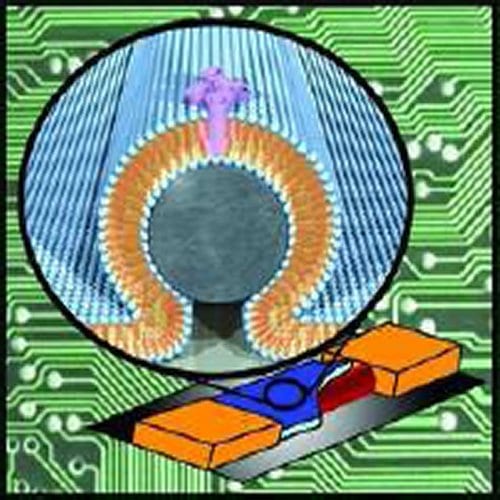

Science-fiction becomes science fact: How bionanoelectronics will revolutionize the world through medical and computational advances.

Copper nanoparticles can be made due to the interaction of an argon plasma with CuCl (CuCl2) ionic liquid solutions.
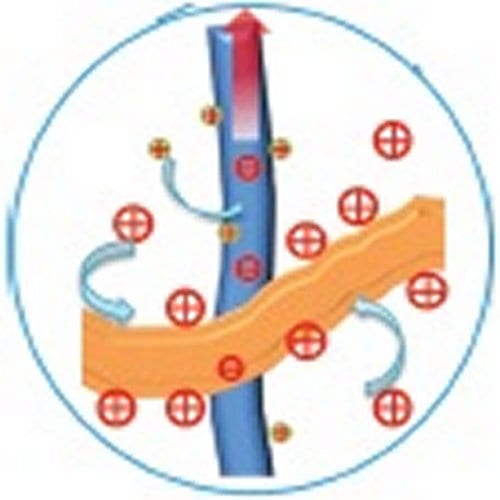
A supercapacitor with high power and energy density is made using nanocomposites containing carbon nanotubes.
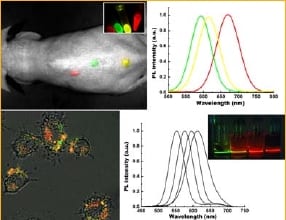
An international team of researchers review a useful tool for three dimensional multi-photon microscopy and imaging
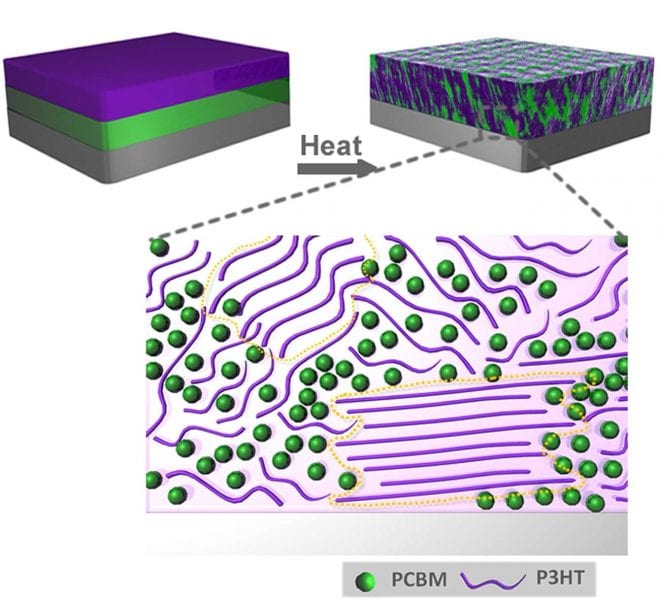
Understanding the morphology changes in plastic solar cells may hold clues for the development of new high-performance materials.
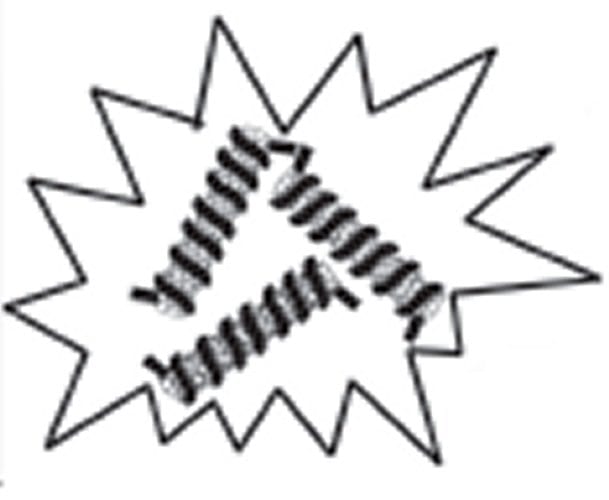
Nuclease activity can be detected by a simple, sensitive, and selective test based on light scattering of carbon nanotubes, with no need for a label.
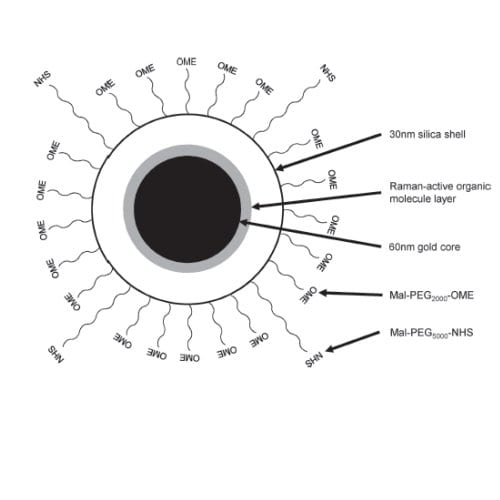
US scientists show the mechanism of toxicity of gold nanoparticles in living cells, and demonstrate that the nanoparticles are not toxic under diagnostic conditions.
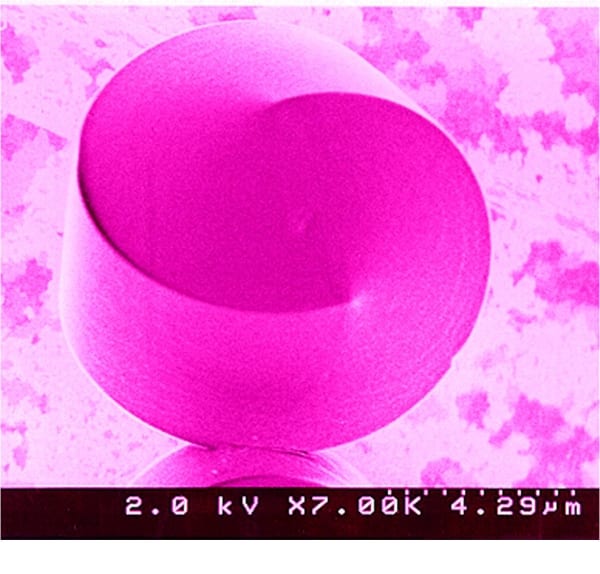
Professor Geoffrey Ozin from the University of Toronto discusses the endless possibilities of biomimicry and biotemplating.
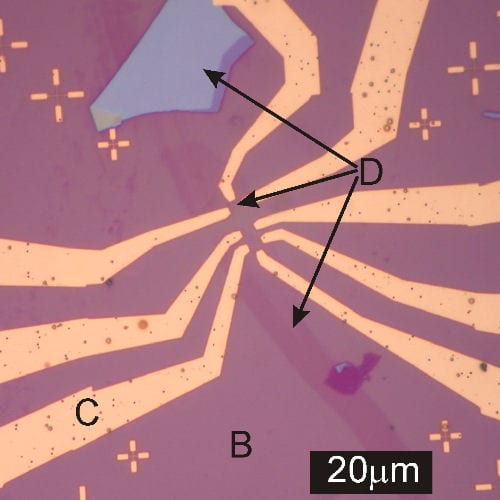
Nobel laureate Kostya Novoselov and his team open up graphene-based nanoelectronic devices by scanning probe lithography.
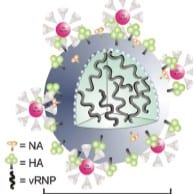
Functionalized gold nanoparticles are used to prevent flu viruses from attaching to and entering cells, in research by German scientists.